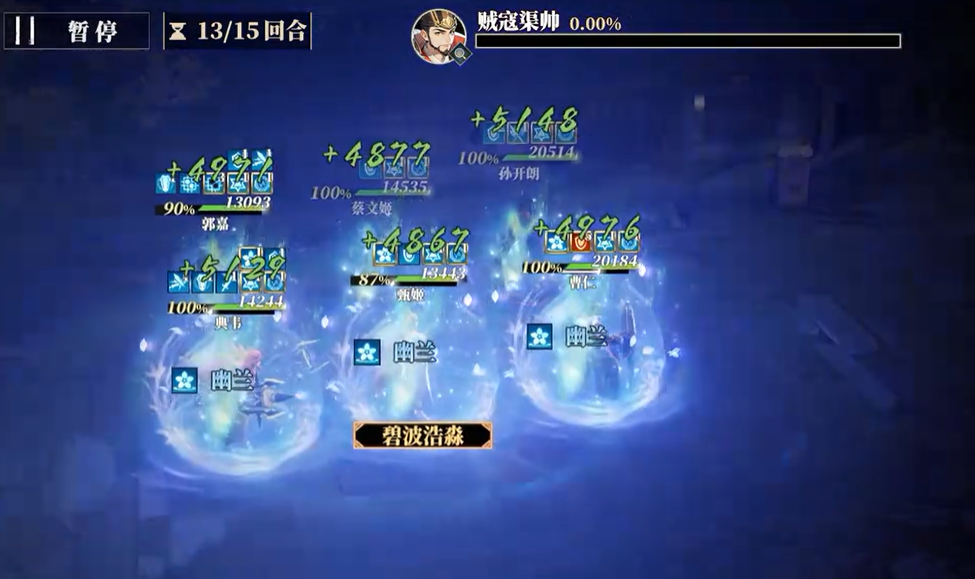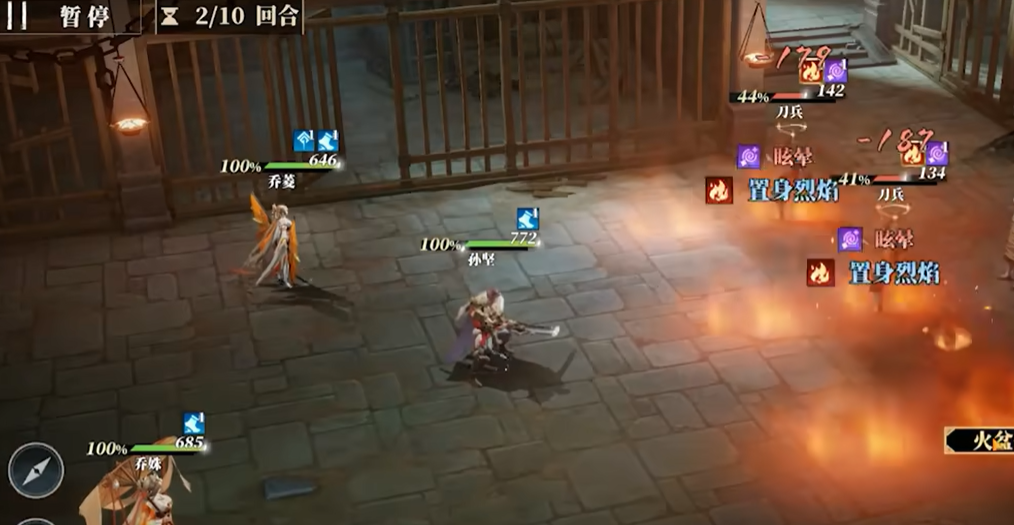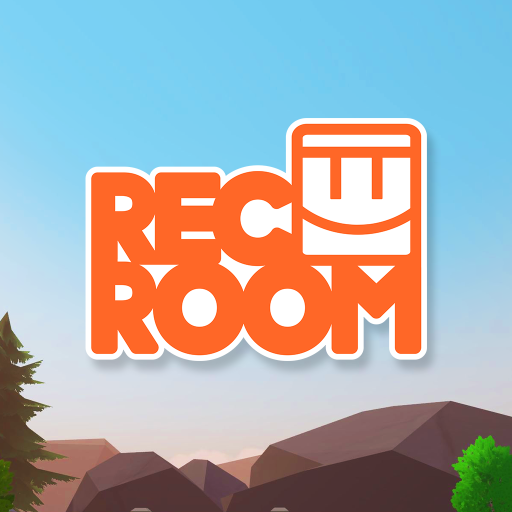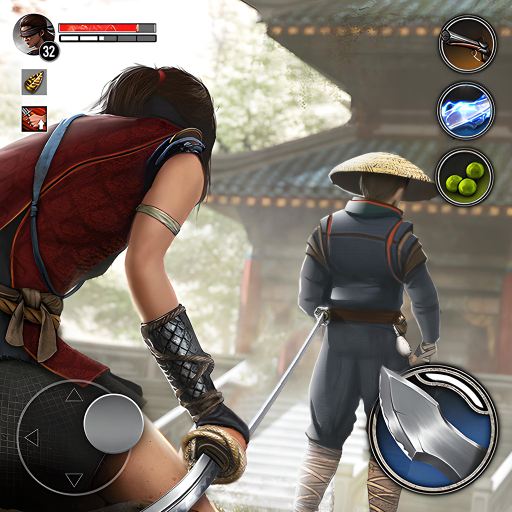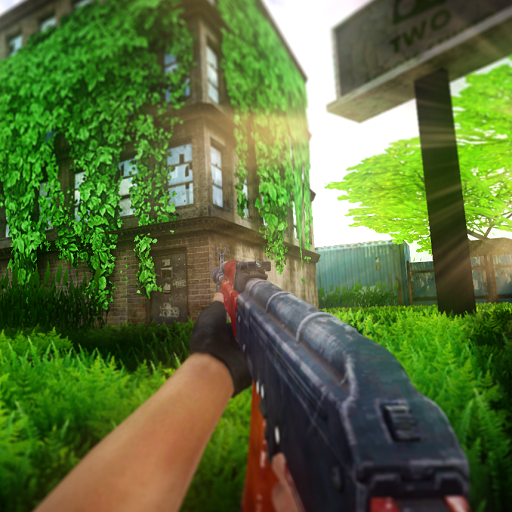How is Peach Blossom Paradise 2? This game, set against the backdrop of "Peach Blossom Paradise," outlines a story from ancient times during periods of war and turmoil, where farmers' homes were destroyed, and they sought to find a new place to build a utopia. The players' task is to help them rebuild their beautiful homes. Many friends are unsure about how good this work is and how beginners should get started. Subsequently, we will comprehively explain these two aspects for our beginner friends.
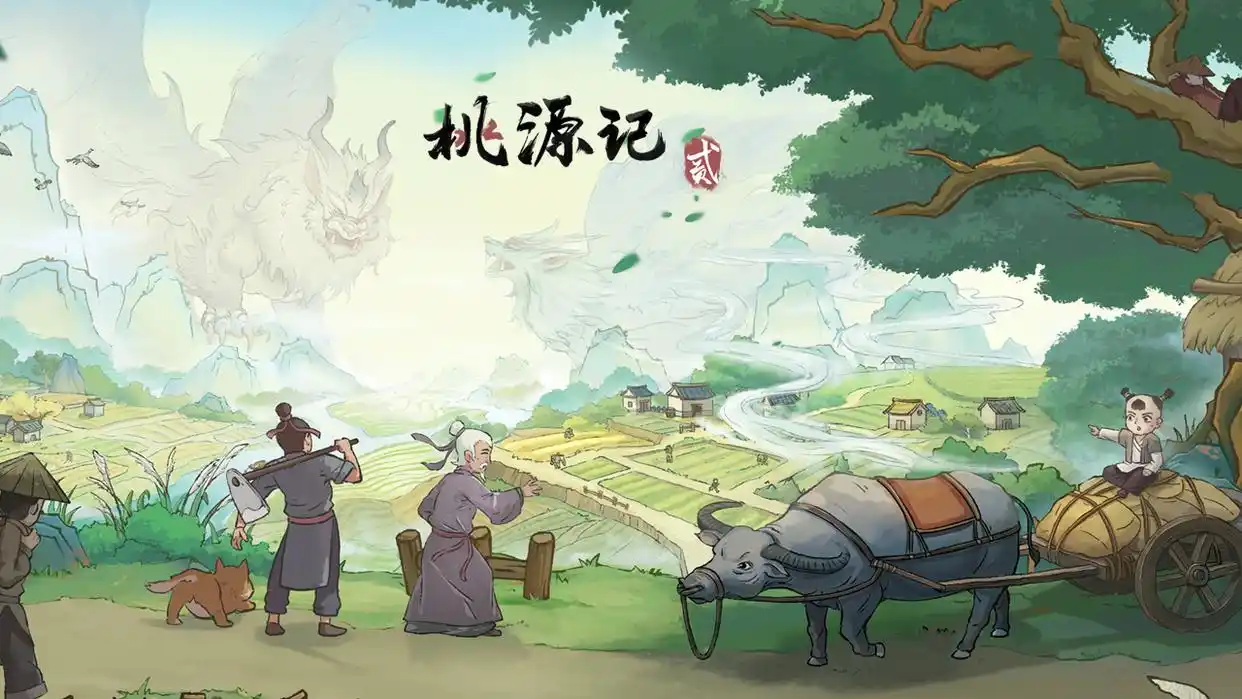
I. Simple Review
The game does not have various combat values or daily tasks; it only offers a simple rural life. The visuals are very comforting, and the construction system embodies a strong Eastern aesthetic. The design of the house structures is also very realistic. For example, the angle at which logs are cut can affect the structural stability, and the thickness of thatched roofs is related to the probability of leaking during rainy weather. Thus, when planning, one must pay attention to following these natural laws.
The game also features a seasonal system, which first brings to players the visual change of the four seasons. Additionally, it incorporates a real-world ecological engine. For instance, glutinous rice planted during the Qingming Festival might be infected with Fusarium head blight during the plum rain season, requiring the mixing of wood ash and pest control agents to prevent and solve the problem. If persimmons are not harvested before the Frost's Descent, they will become winter food storage. These settings make the game more interesting.

II. Beginner Guide
1. Planning Initial Resources
At the beginning of the game, resources are quite limited, so it's important to plan the use of limited resource materials reasonably. Initially, it is recommended to gather wood and stone, which are two basic resources. A significant amount of these is needed for constructing defenses, workshops, and other buildings. Make sure to utilize the initial labor force, such as having villagers collect wood and minerals from the surroundings and clear the land, laying the foundation for subsequent planting. Also, collect plenty of wild fruits and vegetables to provide a source of food in the early stages.
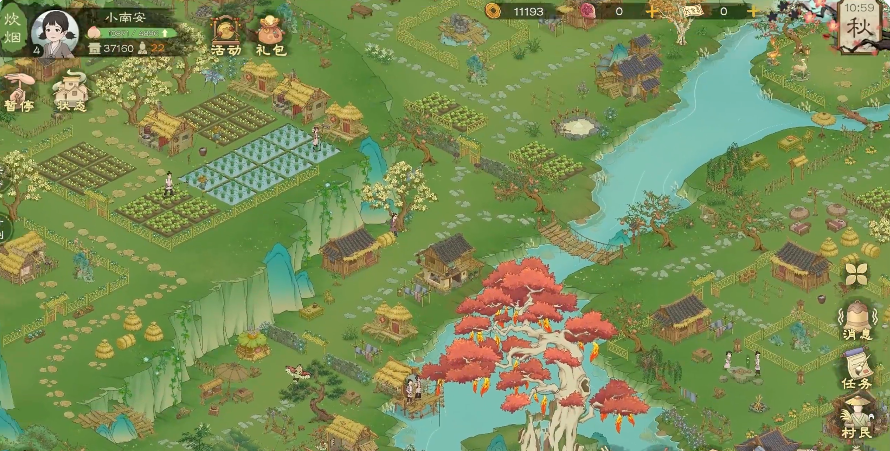
In terms of tools, prioritize making a sickle, which can greatly increase the efficiency of collecting certain items. Do not overlook the introductory guide missions, as they are an effective way to quickly gain additional resource rewards and familiarize yourself with the overall flow of the game, helping you to clarify your development strategy early on.
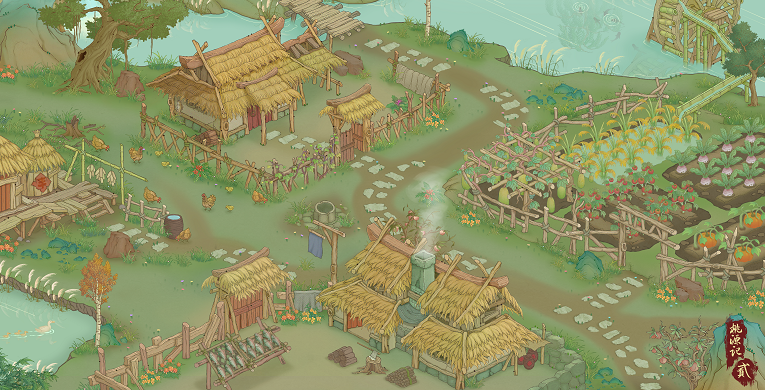
2. Agricultural Production and Layout
Agricultural cultivation is the foundation of the entire village's development. It is necessary to reasonably plan the layout of the farmland, taking into account the growth cycles and yield of different crops, and then choose what to plant. In the early stage, it is suggested to plant more short-cycle crops to ensure a stable supply of food. As the game progresses, gradually introduce high-yield economic crops, such as tea and cotton. Then, start building granaries to store the harvested grain, effectively avoiding food shortages due to natural disasters or population growth. Also, arrange the working hours of the villagers reasonably to ensure efficient agricultural production.

3. Building Planning
The layout and upgrading of buildings are also very important. In the early stage, it is recommended to prioritize the construction of housing for villagers, which increases the population cap and provides sufficient labor for village development. You can build various workshops, such as woodworking shops and blacksmiths, to produce tools and equipment, meeting the production and living needs of the villagers. As resources accumulate, upgrade the buildings to improve production efficiency and optimize functions. For example, upgrading the granary can increase the grain storage capacity, and upgrading the workshop can produce higher-grade products. When planning the layout of buildings, pay attention to the transportation of resources and the convenience of villagers' work. By centrally constructing related buildings, you can reduce the time villagers spend walking.
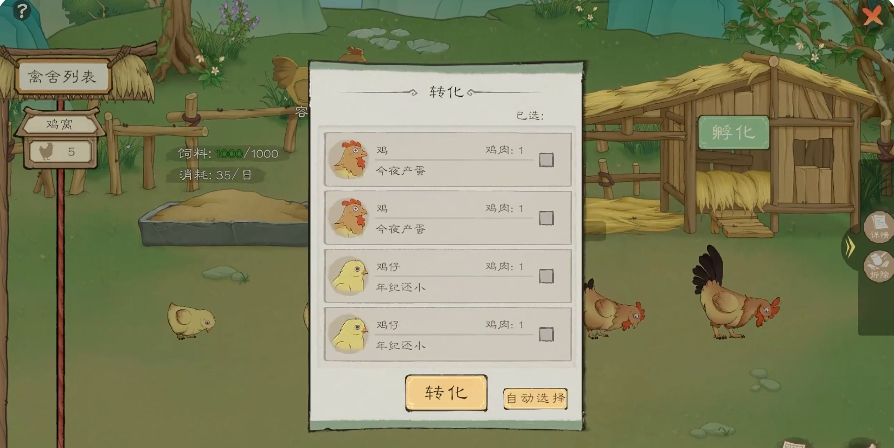
4. Villagers
Villagers are the core of the village's development. Pay close attention to their health, hunger, and other states, and ensure their quality of life through various buildings. They have different innate skills, so assign them work based on their specialties to increase efficiency.
After reading this beginner guide, what do you think of Peach Blossom Paradise 2? Whether in terms of gameplay, visuals, or music, the game creates a relaxing and leisurely rural world for everyone. By arranging buildings and planting according to the suggestions above, you can surely easily build a prosperous and harmonious utopia.
